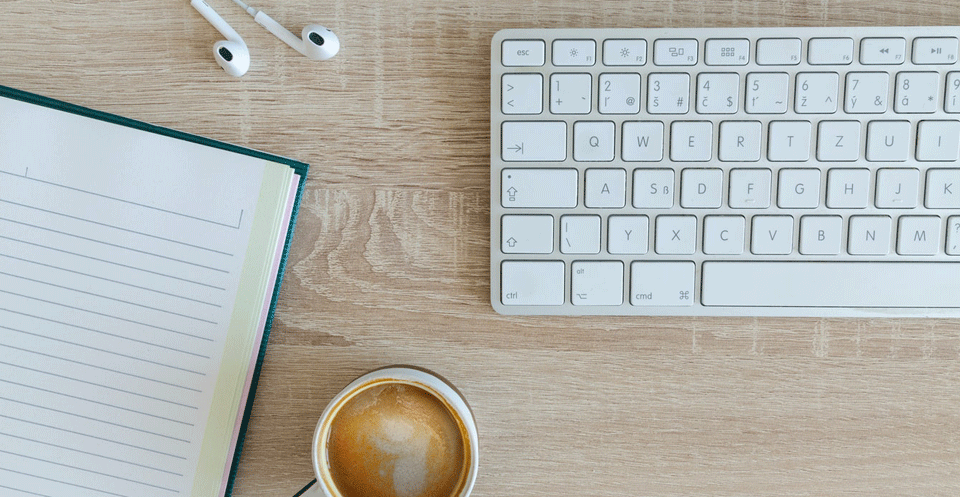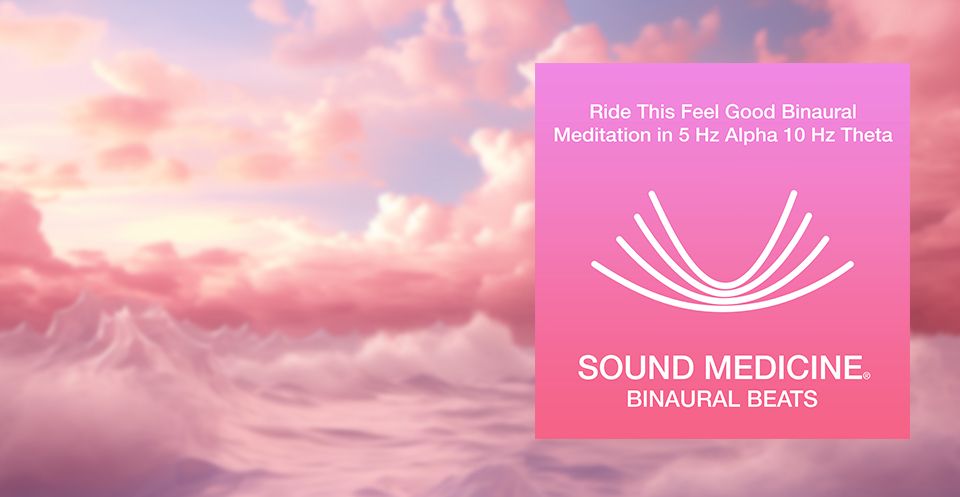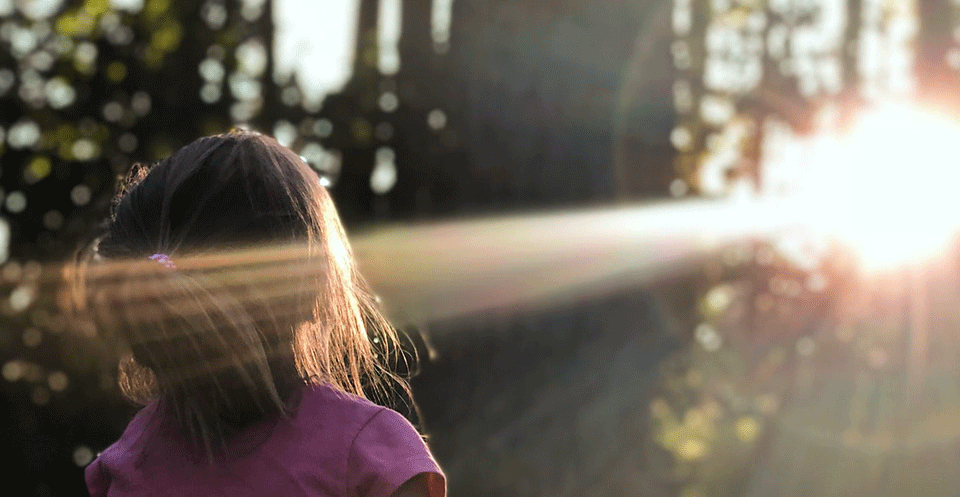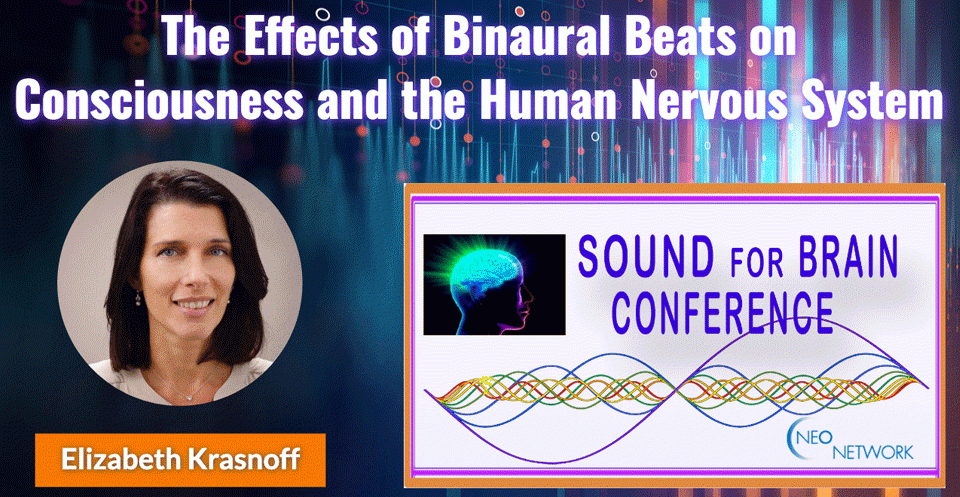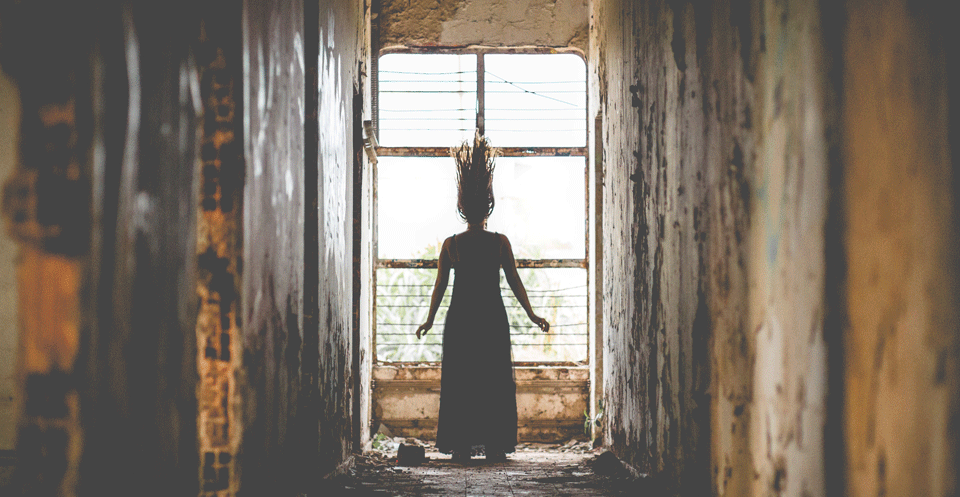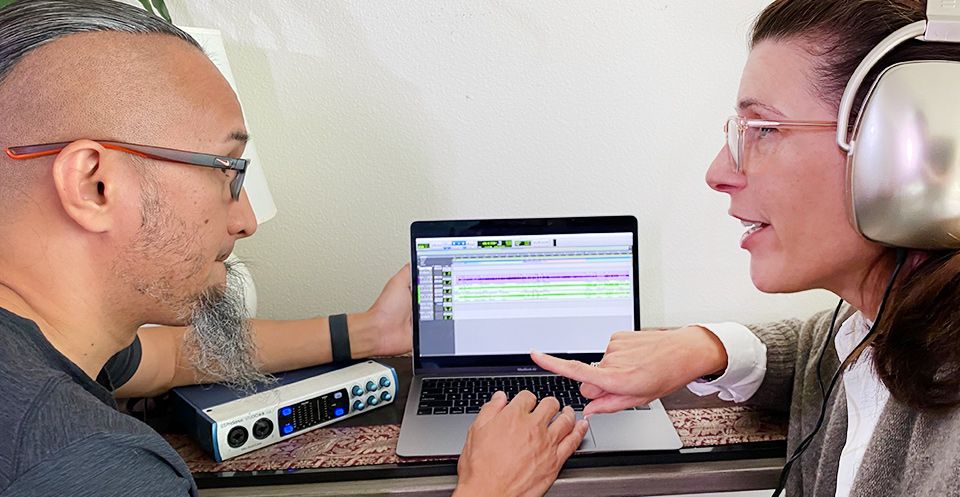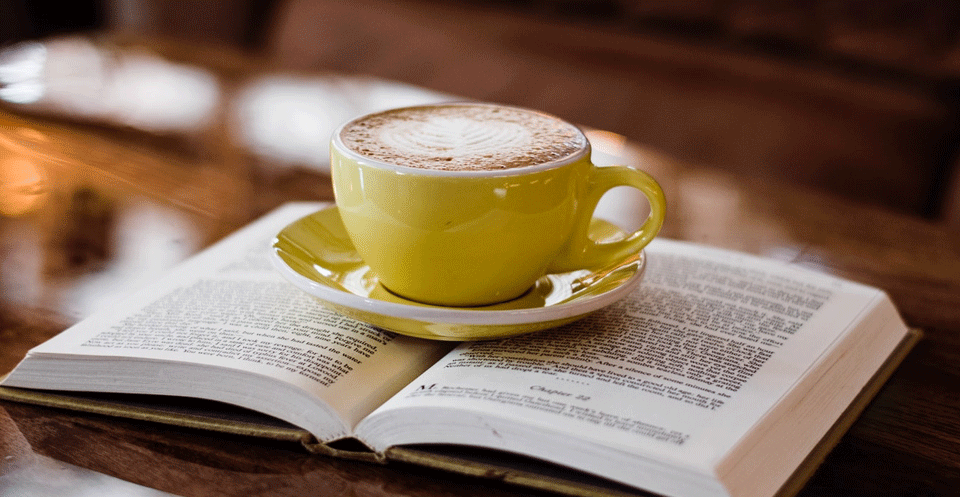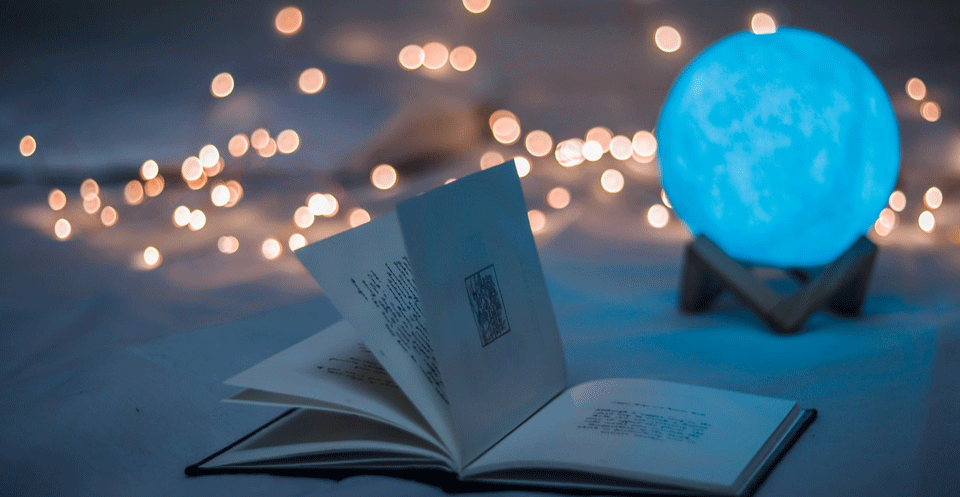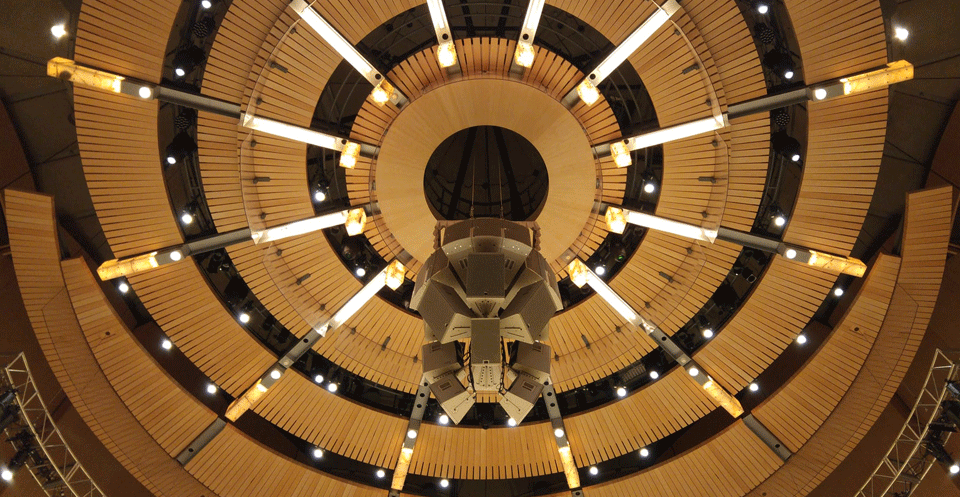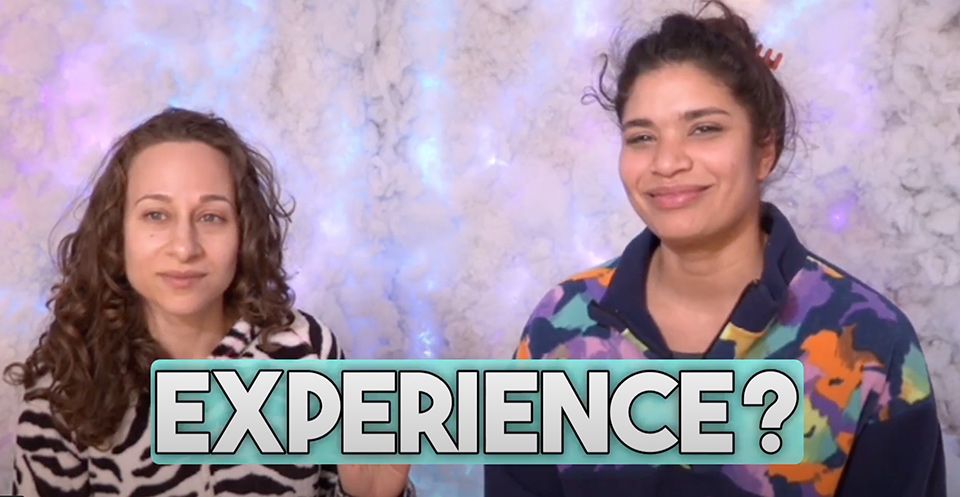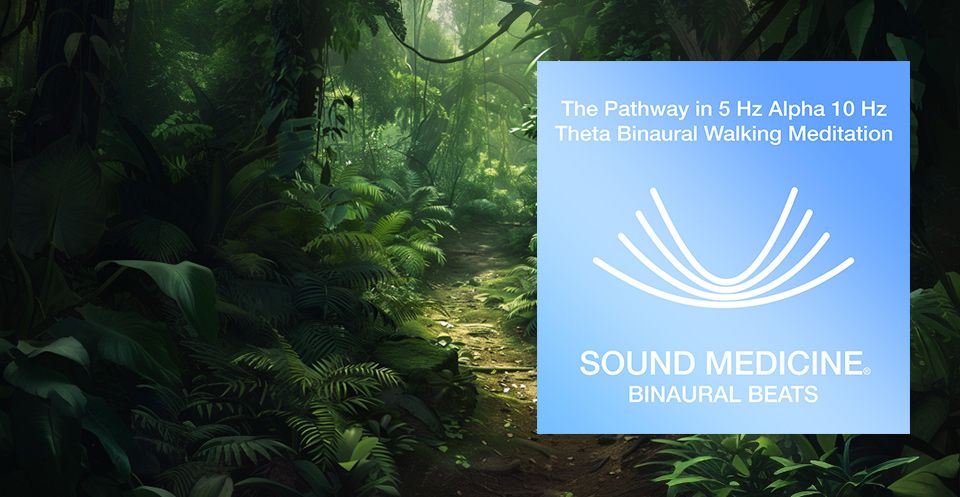Bill Bengston Effect
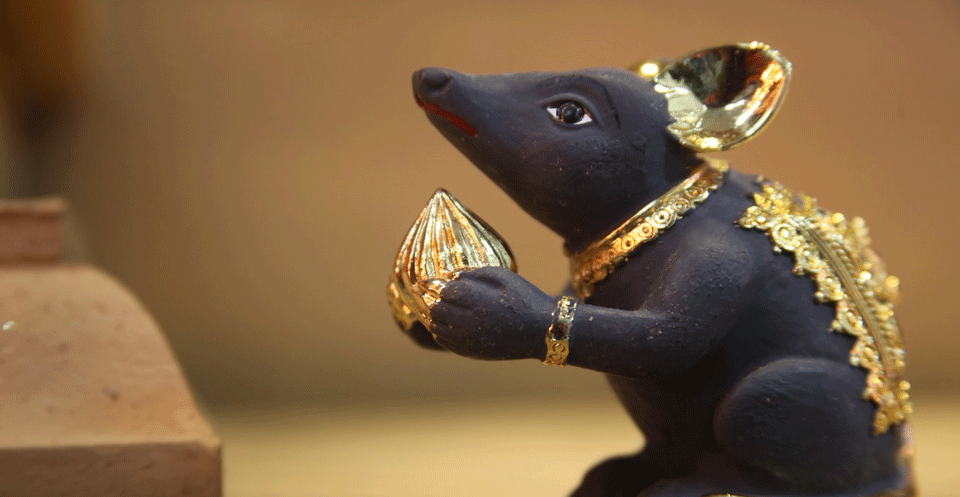
Want, cycle, flow. And Love!
On the first day of class, Bill Bengston commented, in his disarming, playful style, that I was “excessively jocular”. Oh good, I thought, I am in the right place.
Seriously now, Bill hands out a card in class that summarizes his message in two sentences, four words: “Avoid Ritual” and “Be Playful”. The purpose of these instructions is to avoid calcification, to avoid the loss of spirit and gain the soul of the matter. What is the soul of this matter? The flow necessary for healing. Stay loose, repeat nothing.
Bill Bengston cures mice of cancer. Repeatedly. In 8 different double-blind hospital studies. Like at Brown University. And if you come to his seminar, you learn how he uses his healing method on people too. And how he transfers his healing powers to cotton. If there is a secret, or a secret ingredient to this scientist surrounded by piles of research, I would say that surprisingly, it is: love.
He is accompanied by his counterpart, Intuitive Healer John Lavack, who represents the approach of the well-seasoned sensitive, and takes on the actual clients in need. And although John contributes priceless insight and procedure, one of Bill’s messages is: “You don’t have to be sensitive to heal. You can be a brick like me. It doesn’t matter.”
The method:
Using 20 images representing 20 things that you desire, you propel yourself into the future by focusing on them, memorizing them, and then speeding your recall of them, or spinning their composite faster and faster into oblivion. A “wheel of good fortune” if you will. Desire moves you from point A to point B. And this “want”, this “future address” somehow allows you to get yourself out of the way so that the natural flow of healing can happen.
The “pea-brain”, or conscious mind, becomes so engaged in the spinning of images, that you let go into your unconscious mind. Your intuitive space. You get out of the way of the healing force and allow it through. “Want. Cycle. Allow”.
At this point, Bill holds the cancerous mice in their cage and they all move to his left hand and become cured. How? “I got nothing,” he says. It is one of his favorite things to say. One small note: the mice all develop a large, ungainly tumor and look as good as dead –before they spontaneously heal, immune to further cancer injections. Why? “I got nothing,” he says. Or: “nature is rude. It has no rules.”
Bill drums on an empty water bottle to give us training wheels, pun intended in hindsight, as we begin to let go and speed up the image wheel. And then once we get the flow, asks us to attach our “cycling” of these images to our emotion. Any time we have an emotion (love, anger, sadness) it now serves as a reminder to cycle. It fuels our “want”. Bill says: “Set up the want and get out of the way”.
As for me, the method took quite well, as I had been prepared by Academy of Intuition Medicine ™ techniques. The second night, I had a full explosion, wheel of good fortune, Tasmanian Devil take up residence in my lower chakras, spitting out that which hindered my new expansion. It was quite the integration of the new method. My heart chakra felt it would burst from love.
Then Bill asks us to create a resonant bond, noting many studies in which the brain and heart of the healer and healee entrain. This basically means that we align on the same frequency, or tune into the same radio station, or establish the same goal. “I want you to heal, and you want you to heal”. Interestingly, his studies show that the more mice in the study, the faster they heal. Actually, he speculates, the bond may be the most important and central part of the whole healing experience. He wonders whether the more healers would also quicken the process? But he also wonders if that would tilt the scale to TMI. Too Much Information. We are asked to always be in tune with when the client has had enough.
According to Bill, healing is love, the jewel at the center of his meditation on non-attachment. Just as his wife, Margaret, is the devoted center of his weekend seminar, silently making the wheels turn. Again with the wheels. Bill points out that we heal better in pairs, or resonant bonding. Two people bonded in love heal --not to the power of two-- but to the power of seven. And he has studies on this. Don’t forget we are dealing with a scientist. A skeptical, practical, don’t forget jocular, scientist, who just happens to be proving the power of love. In an unattached way of course, and with plenty of scientific experiments. Cool.
Devotion, all wrapped up in non-attachment, perfectly harnesses our innate healing abilities. Which are, Bengston says, equal to our extraordinary ability to ambulate. In any direction. At will. And requires no more and no less of us.
I have long contemplated both the benefits of non-attachment and the benefits of devotion, and I find that his method makes great use of both. I find it curious that we believe that we need to pick just one. Some lessons come through non-attachment (study the Buddhists), some by desire (study the Sufis).
Bill’s message on cancer: “love it to absorption so it knows where it is”. And that it needs to stop growing and move on.
There is one more thing I should mention, and that is that practitioners tend to manifest the things or their wheel of good fortune! So if for no other reason, come give it a try.
Compared to the Academy of Intuition Medicine®
- For those of us that also use the tool kit from The Academy of Intuition Medicine®, here are some comparisons:
- releasing the images and moving into detachment is like moving from the “analyzer” component of our brain, or logical thinking, into the “meditation sanctuary”, the place of intuitive knowing and omniconsciousness.
- This moves us into present time where healing happens (although Bill has tests that say presence does not matter)
- The picture wheel of images is like the “healing image” that we generate after moving and healing energy, moving us out of analysis and cognition and into the power of symbol and release into the unconscious. Image brings us into “I am” realm, in which healing has already happened.
- The group resonant bond is like our panel entrainment, the moment at which the panel of healers selects a color (which is a frequency) and all tunes into the same station.
- Staying tuned to the right “dosage” for the client is like our usage of “gauges”, where we can monitor the spirit and body of the client to make sure they do not get over-cooked.
- We use affirmation and gratitude to affirm what we would like to achieve, drawing our desires to us, as does the wheel of images.
We use Buddha Christ, or “Love” energy, to fill all places of hurt and wounding, this being the ultimate goal of all healing. “To heal is to give love to all the hurt places.”, Ron and Mary Hulnick
Compared to Homeopathy
For those of us that use homeopathy, there are also great similarities:
- each prescription (the 20 images) is different for each person (as are remedies), although we are “treating” the same thing.
- you can get worse before you get better as you heal
- you use dilutions of substances to heal
- Bill does not separate out one locality in the body that does the healing work, or is healed. It is a whole system, as in homeopathy.
I take these similarities across methods to mean literally, the old adage: “All roads lead to Rome”. And Bill is the first to say that it doesn’t matter what the gimmick is, as long as it gets you into flow, like a professional athlete. Want, cycle, flow. And Love!
William F. Bengston, PhD is a professor of sociology at St. Josephs College in New York, USA, as well as a Professor at Energy Medicine University. He received his PhD from Fordham University, New York, in 1980. His "day job" areas of specialization include research methods and statistics. For many years, Bill has conducted research into anomalous healing, and has proven the effectiveness of his technique in 10 controlled animal experiments conducted in five university biological and medical laboratories. His healing research has produced the first successful full cures of transplanted mammary cancer and methylcholanthrene induced sarcomas in experimental mice by laying-on-of-hands techniques that he helped to develop.

